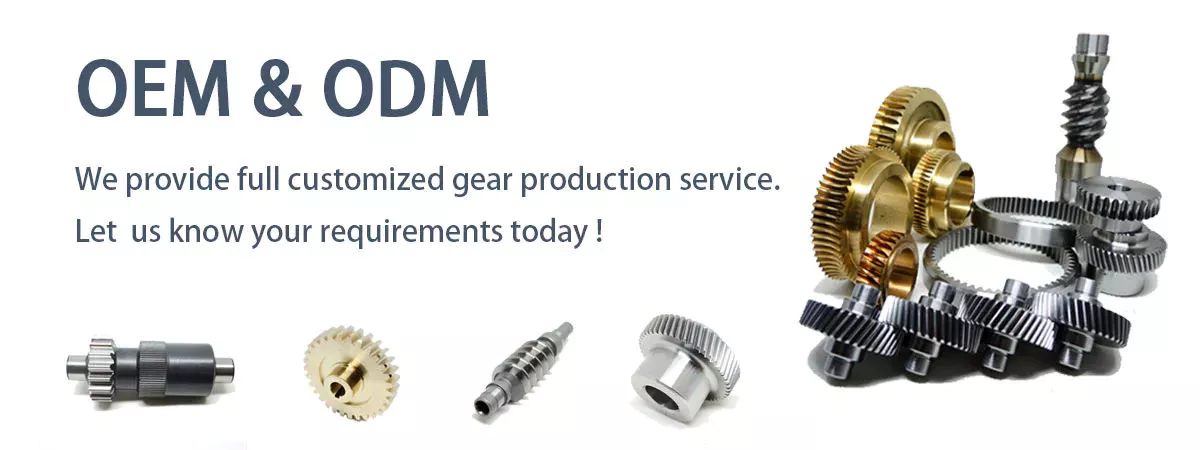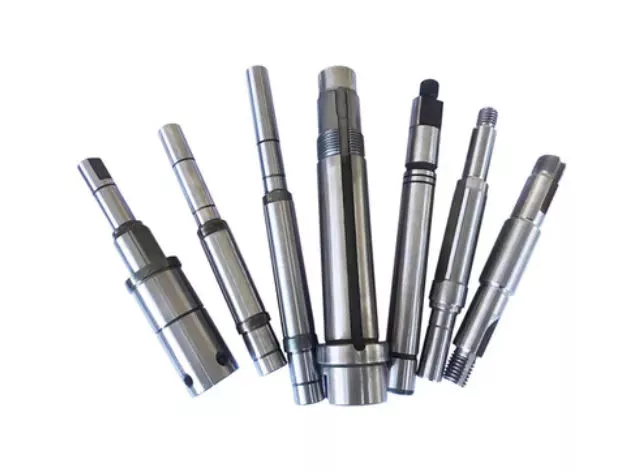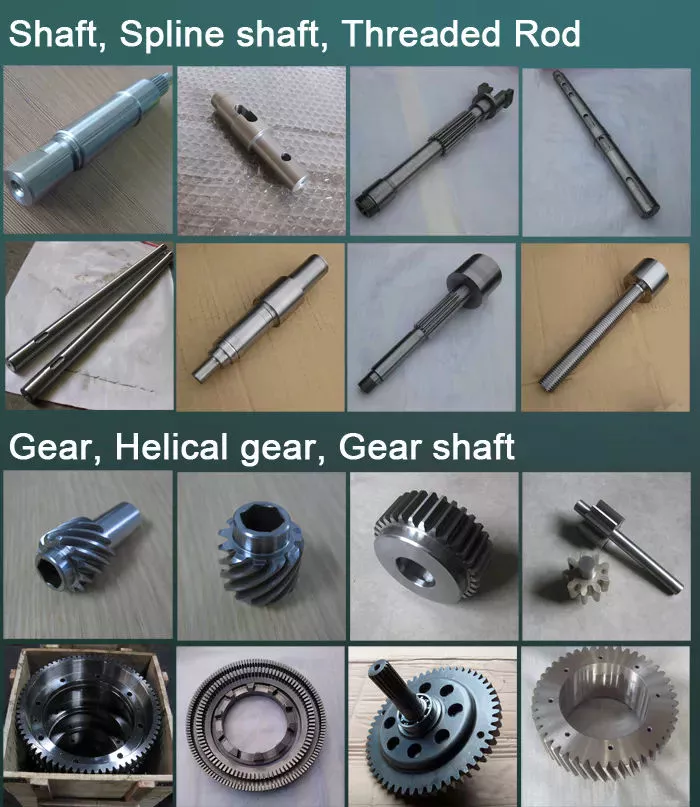Product Description
| Product Description | |
| Item Name | New energy vehicles,Communication,Home Appliances,Etc Aluminum Alloy Housing Die Casting |
| General Products,Application/Service Area | Metal Parts Solution for New energy vehicles,Communication,Home Appliances, Agriculture machine, transportation equipment, Agriculture machine metal Parts, etc. |
| Certification | CE, RoHS, ISO 9001:2000, ISO 9001:2008, Ts16949 |
| Process | High-pressure die casting,Aluminum Sand Casting,CNC Machining,Finishing Services |
| Blanks Tolerance -Casting Tolerance | ISO 2768 m for Permanent Molding, Die Casting, |
| High Pressure Die Casting Material | A380/A390/A360/ADC10/ADC12/Alsi7mg/Alsi12/ENAC-43400/ENAC-44300/ENAC-44400/ENAC-46000/EN Alsi7mg |
| Low Pressure Die Casting Material | A356/A357/A319/A413/ZL101/ZL102/ZL104/ZL107/LM6//LM/20/LM25/EN AC-42100/EN AC-42200/EN AC-43000/EN AC-43200/EN AC-43300/EN AC-43400/EN |
| CNC Machining Material | AL6061/Al6063/AL6082/AL7075/AL5052/A380 |
| Casting Blank Size /Dimensions | 2 mm-1500mm / 0.08inch-60inch , or according to customer requirements |
| Casting Blank Weight | From 0.02- 50 Kg for Die Casting Process |
| Applicable Machining Process | CNC Machining/ Lathing/ Milling/ Turning/ Boring/ Drilling/ Tapping/ |
| Broaching/Reaming /Grinding/Honing and etc. | |
| Machining Tolerance | From 0.005mm-0.01mm-0.1mm |
| Machined Surface Quality | Ra 0.8-Ra3.2 according to customer requirement |
| Applicable Heat Treatment | T5~T6 |
| Applicable Finish Surface Treatment | Zinc/Brass/Chrome/Nickel Plating, Polishing, Mirror Polishing, Painting, Powder Coating, E-coating, Anodizing, Pad printing, Silk Screening |
| Inspection Facilities | Spectrograph, CMM, Resin Sand Analysis Device, X-Ray Detection Eqipment, Leak Test Equipment, Hardness Test Device, Meallography Analysis Device, Salt Spray Test Chamber, etc. |
| Quality | 100%inspection before shipping |
| MOQ For aluminum casting | For sample 5piece,Small batch 100piece |
| Die casting equipment specifications | 250T-4000T 50sets |
| CNC processing equipment | 200 sets |
| Lead Time | CNC For sample10days,Die Casting for CZPT 25-50 days,for mass production it Is take 30 days. |
| Standard | ASTM, DIN,JIS, EN, ISO, GB |
| Software | Pro/E,UG, Solidworks, Auto CAD |
| Payment Methods | T/T, L/C, West Union, Paypal |
Benky can provide customers with one-stop solutions including product design, die making, die cast, machining, CNC finish machining, and surface treatment.
We have obtained the certification of many international standard systems such as IS9001, ISO/TS16949, EICC, and Dun & Bradstreet certification. Benky is a country-level high-new tech demonstration enterprise, and it has about 30 patents.
Our plant occupies a floor area of 30,000 m2, and we have 500 well-trained employees and 40 research staff. Our annual capacity of die cast is 30,000 tons and our annual capacity of molds has exceeded 300 sets. We have more than 40 die-casting machines ranging from 280T to 4000T, and the largest casting weight can be 50KG. We also have more than 200 CNC machining centers.
Our Service areas include the United States, Germany, the United Kingdom, Australia, Canada, Italy, Israel,French and other mainland China, overseas market accounts for 50%.
Benky has engaged in the die-casting and CNC machining industry for 30 years. With our innovation philosophy and experience, we can provide you the services at a reasonable price, with the best quality, and fast delivery.
Q1. Are you a factory or trade company?
A: We are a factory with over 30 years in die casting and CNC machining. We service customers aluminum die casting ,mold design, die casting, machining and Product assembly.
Q2. Where is your factory?
A: Our factory locates in HangZhou china, 45 minutes drive to HangZhou airport, 1.5hs drive to Hongkong
Q3:Available for customized design drawings?
A:2D(PDF/DXF/DWG fomat file)3D(IGS/STEP format file)
Q4:How to know the production process ?
A:We will send digital pictures and videos show you the production process
Q5:Do you provide samples ?
A:Yes , we could offer the sample for customer to check quality and specification.
Q6:Will my drawing be safe after you get it?
A:Yes , we can sign the NDA before you send the drawing.
Q7:What is lead Time for order?
A:In General , For sample , it is take about 10 days , and for mass production, it Is take 30 days.
Q8:What`s the MOQ ?
A:5piece sample , we accept sample order for customer to check quality ad specification.100pcs/batch.
Q9. Payment terms
A: Mold costs: 40% prepay upon order confirmation, balance after sample approval Mass production: 30-50% prepay, balance upon B/L available.
Thank you for your watching!!!
Screw Shaft Types
A screw shaft is a cylindrical part that turns. Depending on its size, it is able to drive many different types of devices. The following information outlines the different types of screws, including their sizes, material, function, and applications. To help you select the right screw shaft, consider the following factors:
Size
A screw can come in a variety of shapes and sizes, ranging from a quarter to a quarter-inch in diameter. A screw is a cylindrical shaft with an inclined plane wrapped around it, and its main function is to fasten objects together by translating torque into a linear force. This article will discuss the dimensions of screws and how to determine the size of a screw. It is important to note that screw sizes can be large and small depending on the purpose.
The diameter of a screw is the diameter of its shaft, and it must match the inner diameter of its nuts and washers. Screws of a certain diameter are also called machine screws, and they can be larger or smaller. Screw diameters are measured on the shaft underneath the screw head. The American Society of Mechanical Engineers (ASME) standardized screw diameters in 3/50-inch to 16 (3/8-inch) inches, and more recently, sizes were added in U.S. fractions of an inch. While shaft and head diameters are standardized, screw length may vary from job to job.
In the case of the 2.3-mm screw group, the construct strength was not improved by the 1.2-mm group. The smaller screw size did not increase the strength of the construct. Further, ABS material did not improve the construct strength. Thus, the size of screw shaft is an important consideration in model design. And remember that the more complex your model is, the larger it will be. A screw of a given size will have a similar failure rate as a screw of a different diameter.
Although different screw sizes are widely used, the differences in screw size were not statistically significant. Although there are some limitations, screws of different sizes are generally sufficient for fixation of a metacarpal shaft fracture. However, further clinical studies are needed to compare screw sizes for fracture union rates. So, if you are unsure of what size of screw shaft you need for your case, make sure to check the metric chart and ensure you use the right one.
Material
The material of a screw shaft plays an important role in the overall performance of a screw. Axial and central forces act to apply torque to the screw, while external forces, such as friction, exert a bending moment. The torsional moments are reflected in the torque, and this causes the screw to rotate at a higher rate than necessary. To ensure the longevity of the screw, the material of the screw shaft should be able to handle the bending moment, while the diameter of the shaft should be small enough to avoid causing damage.
Screws are made from different metals, such as steel, brass, titanium, and bronze. Manufacturers often apply a top coating of chromium, brass, or zinc to improve corrosion resistance. Screws made of aluminum are not durable and are prone to rusting due to exposure to weather conditions. The majority of screw shafts are self-locking. They are suited for many applications, including threaded fasteners, C-clamps, and vises.
Screws that are fabricated with conical sections typically feature reduced open cross-sectional areas at the discharge point. This is a key design parameter of conical screw shafts. In fact, reductions of up to 72% are common across a variety of applications. If the screw is designed to have a hard-iron hanger bearing, it must be hardened. If the screw shaft is not hardened, it will require an additional lubricant.
Another consideration is the threads. Screw shafts are typically made of high-precision threads and ridges. These are manufactured on lathes and CNC machines. Different shapes require different materials. Materials for the screw shaft vary. There are many different sizes and shapes available, and each 1 has its own application. In addition to helical and conical screw shafts, different materials are also available. When choosing material, the best 1 depends on the application.
The life of the screw depends on its size, load, and design. In general, the material of the screw shaft, nut body, and balls and rollers determine its fatigue life. This affects the overall life of the screw. To determine whether a specific screw has a longer or shorter life, the manufacturer must consider these factors, as well as the application requirements. The material should be clean and free of imperfections. It should be smooth and free of cracks or flaking, which may result in premature failure.
Function
The function of a screw shaft is to facilitate the rotation of a screw. Screws have several thread forms, including single-start, double-start and multi-start. Each form has its own advantages and disadvantages. In this article we’ll explore each of them in detail. The function of a screw shaft can vary based on its design, but the following are common types. Here are some examples of screw shaft types and their purposes.
The screw’s torque enables it to lift objects. It can be used in conjunction with a bolt and nut to lift a load. Screws are also used to secure objects together. You can use them in screw presses, vises, and screw jacks. But their primary function is to hold objects together. Listed below are some of their main functions. When used to lift heavy loads, they can provide the required force to secure an object.
Screws can be classified into 2 types: square and round. Square threads are more efficient than round ones because they apply 0deg of angle to the nut. Square threads are also stronger than round threads and are often used in high-load applications. They’re generally cheaper to manufacture and are more difficult to break. And unlike square threads, which have a 0deg thread angle, these threads can’t be broken easily with a screwdriver.
A screw’s head is made of a series of spiral-like structures that extend from a cylindrical part to a tip. This portion of the screw is called the shank and is made of the smallest area. The shank is the portion that applies more force to the object. As the shaft extends from the head, it becomes thinner and narrow, forming a pointed tip. The head is the most important part of the screw, so it needs to be strong to perform its function.
The diameter of the screw shaft is measured in millimeters. The M8 screw has a thread pitch of 1.25 mm. Generally, the size of the screw shaft is indicated by the major and minor diameter. These dimensions are appended with a multiplication sign (M8x1).
Applications
The design of screws, including their size and shape, determines their critical rotating speeds. These speeds depend on the threaded part of the screw, the helix angle, and the geometry of the contact surfaces. When applied to a screw, these limits are referred to as “permissible speed limits.” These maximum speeds are meant for short periods of time and optimized running conditions. Continuous operation at these speeds can reduce the calculated life of a nut mechanism.
The main materials used to manufacture screws and screw shafts include steel, stainless steel, titanium, bronze, and brass. Screws may be coated for corrosion resistance, or they may be made of aluminium. Some materials can be threaded, including Teflon and nylon. Screw threads can even be molded into glass or porcelain. For the most part, steel and stainless steel are the most common materials for screw shafts. Depending on the purpose, a screw will be made of a material that is suitable for the application.
In addition to being used in fasteners, screw shafts are used in micrometers, drillers, conveyor belts, and helicopter blades. There are numerous applications of screw shafts, from weighing scales to measuring lengths. If you’re in the market for a screw, make sure to check out these applications. You’ll be happy you did! They can help you get the job done faster. So, don’t delay your next project.
If you’re interested in learning about screw sizing, then it’s important to know the axial and moment loads that your screws will experience. By following the laws of mechanics and knowing the load you can calculate the nominal life of your screw. You can also consider the effect of misalignment, uneven loading, and shocks on your screw. These will all affect the life of your screw. Then, you can select the right screw.

